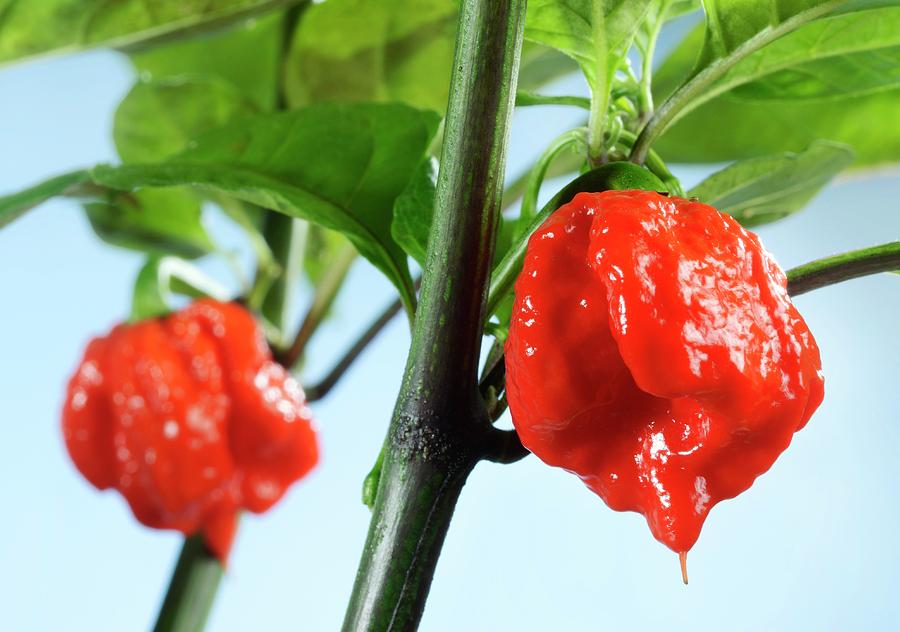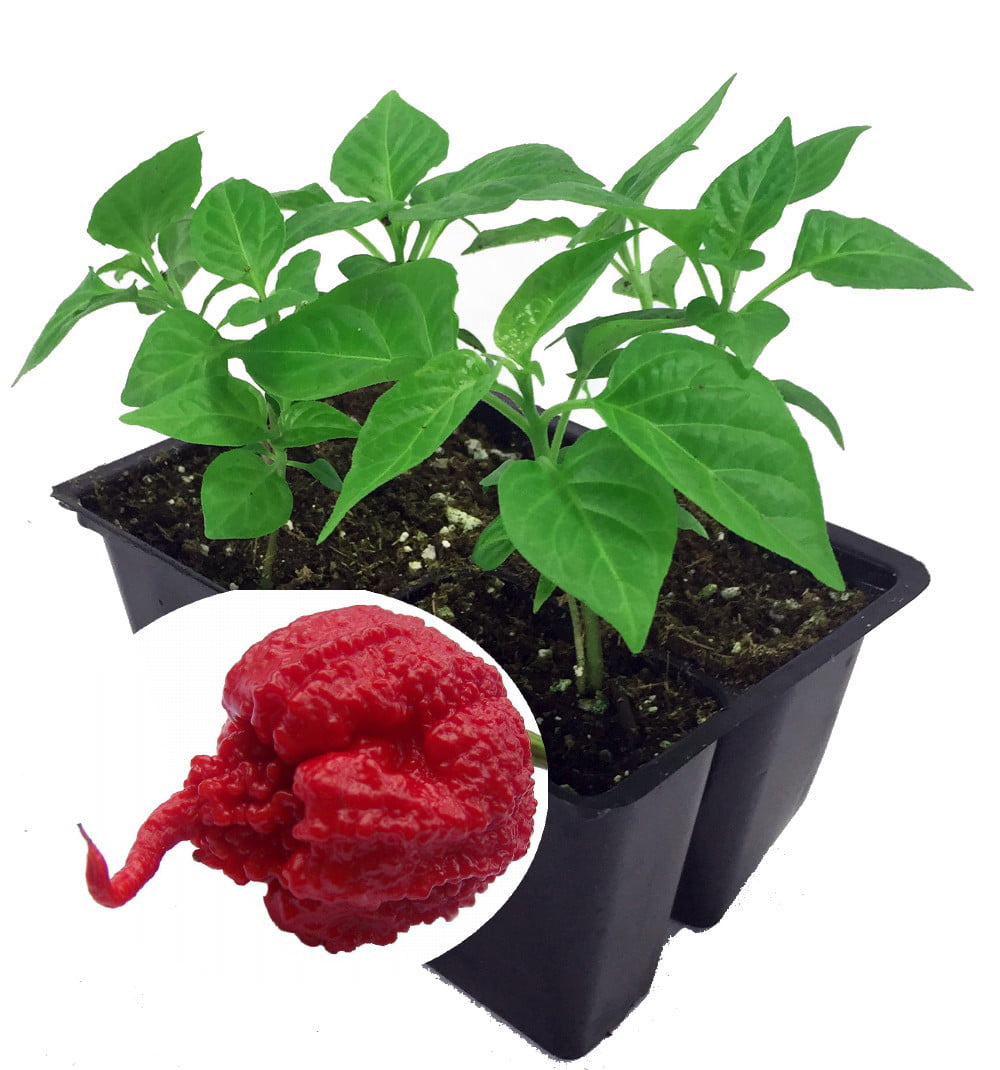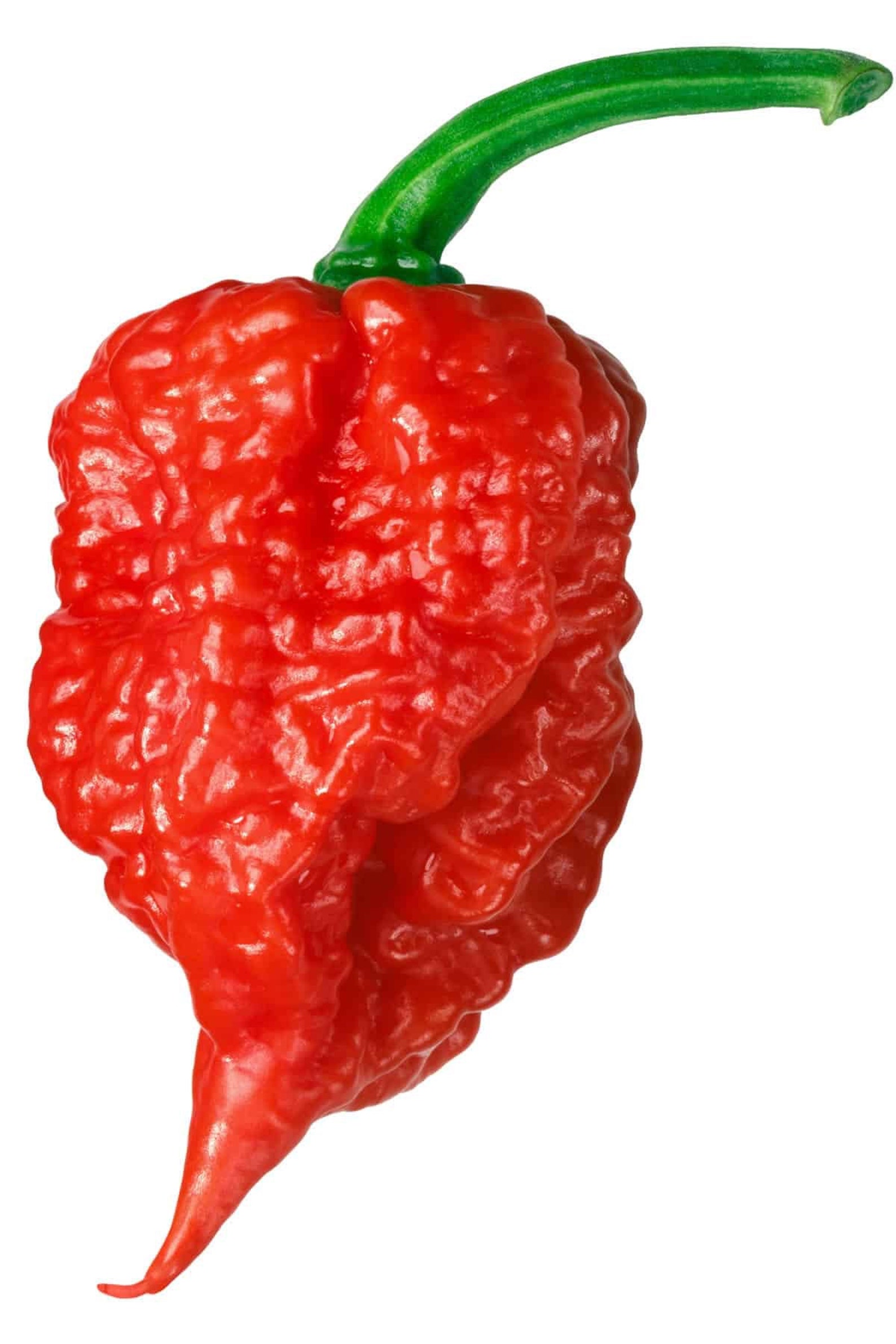

To do this, decrease the daytime temperature to 60-65☏ for one week before planting out.Īlternatively, place the plants in a sunny but sheltered area outdoors for a few hours each day, gradually increasing the amount of time they spend outside. If you intend to grow them in containers, make sure your pot is at least eight inches deep and 11-12 inches wide.īefore planting out, you’ll need to harden off your seedlings. Once your seedlings are four to six inches tall – about six to eight weeks after germination – it’s time to transplant them out into the garden, or into a container. Seedlings thrive in daytime temperatures above 70☏, and no less than 60☏ at night. Continue to water regularly, keeping the soil moist – but be careful not to overwater. Keep the grow lights two to three inches above the top of the sprouts.

If you are using a heat mat, you’ll need to be vigilant with your watering as the soil can dry out quickly.Īfter germination, move them to a sunny windowsill or place seedlings under grow lights. Keep the soil evenly moist, but not waterlogged, and in 14-21 days your seeds should germinate.īe patient, as it can sometimes take up to 35 days for sprouts to appear. To maintain this, you may need to use a heat mat, such as this one available at Burpee, or from Amazon. Seeds need an even soil temperature of 80-90☏ in order to germinate. You can use peat pots, but I really like Cow Pots™, as they are made from composted cow manure from a dairy farm in Vermont and will nourish your plants as they break down.įind Cow Pots™ in a variety of sizes from Arbico Organics. You can use biodegradable pots to prevent damage to the roots when you transplant into the garden or to your container.

Sow 1/4 inch deep in trays filled with potting soil. Soak seeds in a little water overnight before sowing. Ghost peppers require a long growing season – up to 150 days from planting to harvest – so it’s best to start seeds indoors at least eight to 10 weeks before the average last frost date in your area. Here I’m going to cover specific tips for cultivating ghost peppers in your garden. You can refer to our hot pepper growing guide to learn more. On that basis, it’s unlikely you’ll have a problem with deer! This is a tactic used in parts of Africa as well, to good effect. In parts of India, ground-up ghost peppers are smeared on fencing to keep crops safe from wild elephants. In the right conditions, plants can reach a mature height of four feet, though mine have never managed more than two feet, but have never failed to provide me with an abundant harvest.Īpart from the mind-blowing heat, bhut jolokia has an almost sweet, smoky aftertaste. They taper to a small point at the bottom of the pod.

Ripe peppers are usually red, two to three inches long and about an inch wide, with slightly wrinkled skin. assamicum, on the basis of morphological studies.īhut jolokia is a tender perennial, often grown as an annual, suitable for gardeners in USDA Hardiness Zones 8-11. frutescens.Ĭultivated in northeast India, primarily in the Assam region, as of 2018, it has been reclassified as its own species, C. The Capsicum genus comprises over 200 species, and the ghost was thought to be an interspecific hybrid of C. The ghost pepper, bhut jolokia, also known as naga jolokia or ghost chili, is a member of the nightshade family, Solanaceae, which includes eggplant, tomatoes, and of course, the bell pepper, Capsicum annuum – which has a Scoville rating of 0.


 0 kommentar(er)
0 kommentar(er)
